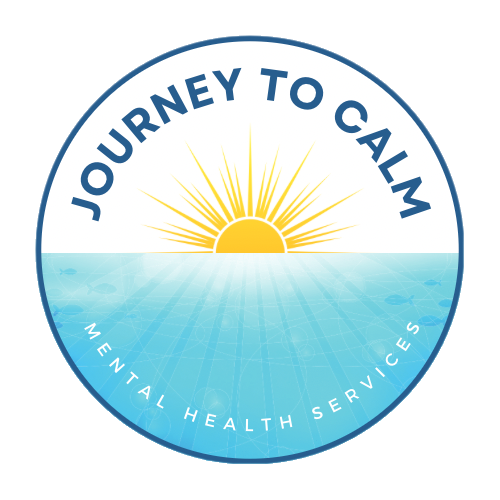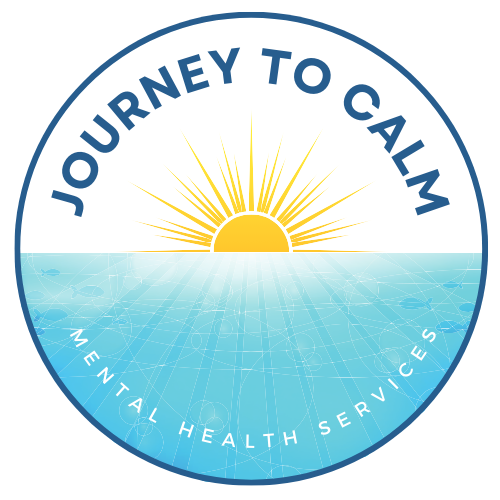Blog
Blog

What Is the Benefit of Observing Thoughts? Finding Freedom From the Mental Noise
Our minds are like thought factories, constantly churning out ideas, worries, and judgments. Some thoughts inspire us, while others overwhelm or even paralyze us. But what if you didn’t have to be controlled by every thought that popped into your head?
That’s where the power of observing your thoughts comes in. It’s a mindfulness practice that creates space between you and your thoughts, helping you break free from mental clutter and gain clarity. Let’s explore the benefits of observing your thoughts and how it can transform your mental well-being.
Observing Thoughts: What Does It Mean?
Observing your thoughts means stepping back and noticing them without judgement or attachment. Instead of identifying with every thought as “true” or “important”, you simply watch them come and go, like clouds drifting across the sky.
It’s not about controlling or suppressing your thoughts - it’s about learning to see them for what they are: temporary mental events, not your reality.
Why Observing Thoughts Is So Powerful
When you observe your thoughts, you create a healthy distance between your mind and your sense of self. Here’s why that matters:
Breaking Free From Reactivity
Thoughts often trigger automatic reactions - like anxiety, anger, or self-doubt. Observing them helps you pause, reflect, and choose how to respond, rather than reacting impulsively.
Realizing Thoughts Aren’t Facts
Not every thought is true or helpful. Observing your thoughts allows you to challenge negative or unproductive thinking patterns and replace them with healthier perspectives.
Cultivating Self-Awareness
By paying attention to your thought patterns, you gain insight into what triggers you, what drives you, and how you can support yourself better.
Reduced Stress and Anxiety
Watching your thoughts from a distance helps you let go of overthinking and worrying about “what-ifs”. It’s a gentle reminder that thoughts don’t define you.
Greater Emotional Regulation
Instead of being swept away by your emotions, observing your thoughts allows you to notice them without judgement. This leads to more balanced, thoughtful responses.
Improved Self-Compassion
When you observe your inner dialogue, you might notice critical or harsh thoughts. Awareness is the first step to replacing those with kindness and self-acceptance.
How to Start Observing Your Thoughts
Observing your thoughts is a simple mindfulness practice that anyone can try. Here’s how to get started:
Find a Quiet Moment
Sit comfortably in a quiet space where you won’t be disturbed. Close your eyes if it feels comfortable.
Notice Your Thoughts
Bring your attention to your mind and simply notice what thoughts arise. Don’t try to change them or push them away.
Imagine Watching Them
Picture your thoughts as clouds floating across the sky or leaves drifting down a stream. Observe each thought as it passes by, then let it go.
Return to the Present
If you get caught up in a thought, gently guide your focus back to observing. It’s natural for your mind to wander - what matters is that you notice it and come back.
Everyday Opportunities to Observe Your Thoughts
You don’t need to set aside special time to practice observing your thoughts. Try it during daily activities:
- While walking: Notice where your mind wanders as you move.
- During a conversation: Pay attention to your inner dialogue without letting it control you.
- When stressed: Pause and observe your thoughts before reacting.
These small moments of mindfulness can add up to big changes in how you relate to your thoughts.
The Long-Term Benefits of Observing Thoughts
As you practice observing your thoughts regularly, you’ll start to notice lasting changes in your mental and emotional well-being:
- More Calm and Clarity: Your mind feels less chaotic, and you can focus on what truly matters.
- Healthier Thought Patterns: You’ll identify and replace unhelpful thoughts with more positive ones.
- Greater Resilience: Challenges feel more manageable when you’re not stuck in negative thought loops.
The more you practice, the more natural it becomes to observe your thoughts without judgement or attachment.
Ready to Master the Art of Observing Thoughts?
Observing your thoughts is one of the most empowering mindfulness practices you can adopt. It helps you break free from mental clutter, gain clarity, and approach life with more intention and peace.
If you’re ready to dive deeper into mindfulness, grab my free e-guide, “5 Ways to Transform Your Life Using Mindfulness”. It’s packed with simple, practical tips to help you build mindfulness habits that stick.
Alternatively you might like to dive straight into my Mindfulness Starter Kit.


